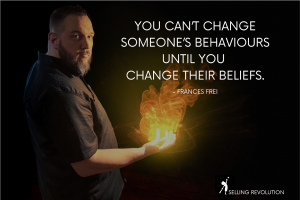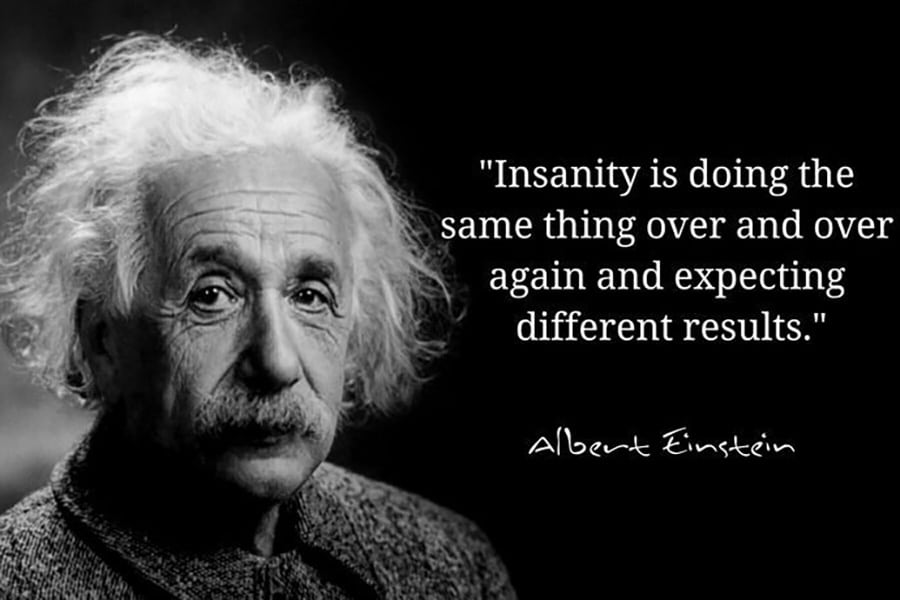Have you ever had an interaction with a salesperson that felt like a spiral into Dante’s Inferno, rehashing the same things over and over again with no new information?
It’s like arguing with a 3 year old, am I right?
People don’t really change their minds. They simply make new decisions based on new information. In the absence of new information, there will be no new decision.
-Roy H. Williams, Monday Morning Memo, April 19th, 2010
This comes from:
- A salesperson’s lack of knowledge about the product to add new and relevant value
- Limited sales skills that address the opportunity from a new angle of approach
- Trying to sell a product that the prospect does not need
- A desperate attempt at selling something with little or no value for fear of losing the sale
If we remove ill-intent from the equation and simply focus on salesmanship, we first need to recognize the value of product knowledge and sales skills.
Product Knowledge
With a solid foundation of product knowledge a salesperson can speak to the specific needs of a client based on what they know about the product. The real trick is knowing what to talk about and what NOT to talk about. Everyday salespeople are tempted to tell a customer everything they know about their products, but that’s just as bad as not telling them what really matters. Ultimately, the more you know about your product, the more persuasive you can be in selling your thing.
Selling Skills
Selling is about closing.the.deal. The more persuasive you are, the more you will sell. Therefore, selling is the act of communicating persuasively with the intent of gaining a commitment to an exchange. It could be about getting someone to buy your idea or a thing. Do you want to get what you want? Communicate persuasively. Simple, right? But not easy.
Have you ever met Kenny Brooks?
When you have earned the right to sell, you will have implied permission to persist. Kenny earned the right by understanding the value of his product, and delivering it in an entertaining way. Kenny introduced a number of rapid fire solutions to problems his prospects had forgotten they gave up on years ago.
In the same Monday Morning Memo, Roy H. Williams said,
I’m convinced the invisible backboard is found in the right hemisphere of the brain. Unlike the left hemisphere, the right brain doesn’t know fact from fiction or right from wrong. The right brain is all about pattern recognition; hunches, gut feelings, intuitions and premonitions.
Speak indirectly to your customer’s hidden suspicions, beliefs and prejudices. Bounce your suggestion off an invisible backboard in the brain’s right hemisphere and you’re whispering naked, in the dark, to the heart.
Kenny Brooks whispers naked, in the dark, to the heart.
And so does Sam.
34.
Thirty four times Sam-I-Am asks for the sale. Sam knew Green Eggs and Ham were special. He was convinced that he would love them, if he would just give it a try. So he persisted. 34 times.
Did you notice that every time he tried, he tried a different way? See, that’s the difference between persistence and pressure.
If you don’t want to come across like a 3 year old trying to escape a spanking, then all you have to do is earn the right to persist.
- Know your product well enough to tailor your presentation to what your prospect cares about.
- Leverage entertainment and hope to gain access to the heart.
- Communicate persuasively by speaking to the felt needs of your prospect.
- Persist.

Good selling.
- Futuristic Game for the Ad Masters - July 11, 2024
- Classical Conditioning: Pavlov’s Dog in Advertising - June 20, 2024
- Hear, See, Speak No Advertising - June 9, 2024

